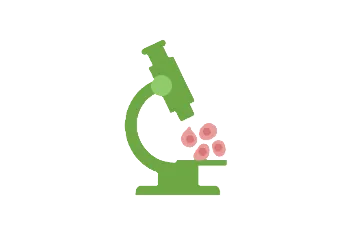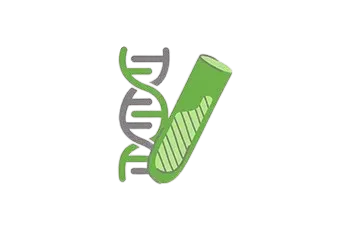DIGITAL SPATIAL PROFILING
The Most Flexible Spatial Solution with GeoMx® DSP
- Profile up to 22,000 genes spatially with predesigned panels
- Unbiased pathway analysis
- Biomarker discovery and validation
- Rare cell profiling
- theraCUES support from project planning to Biological Insights




















